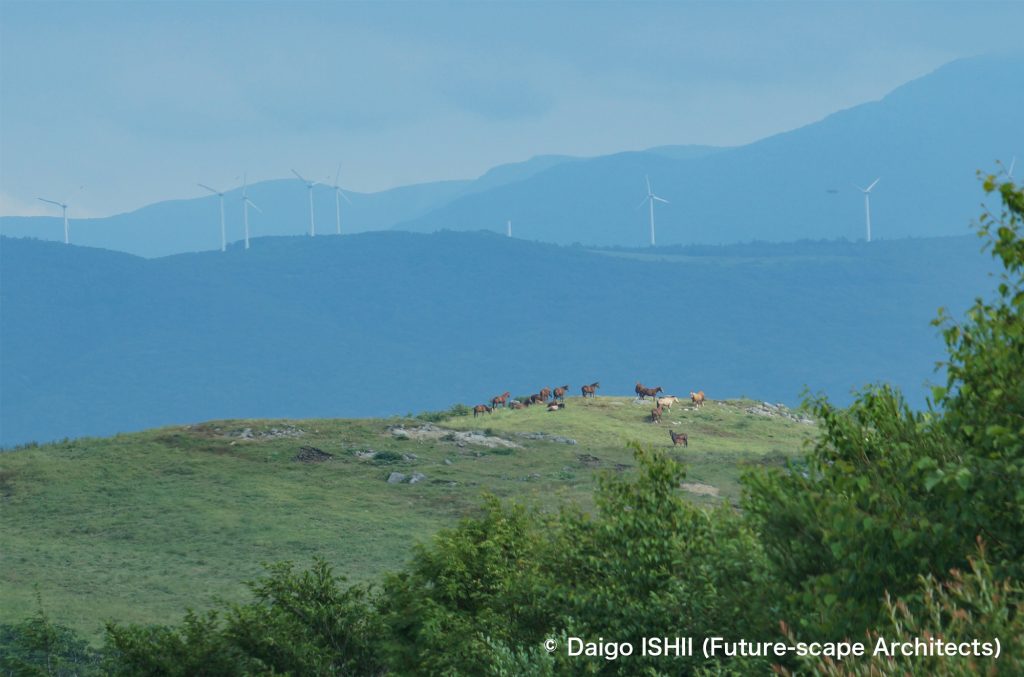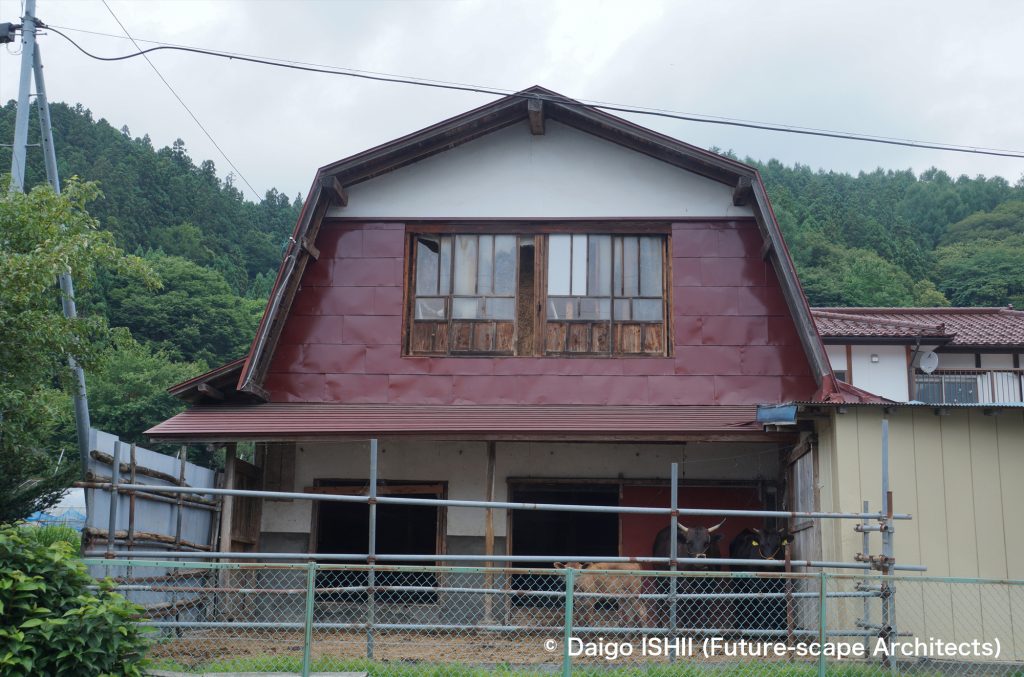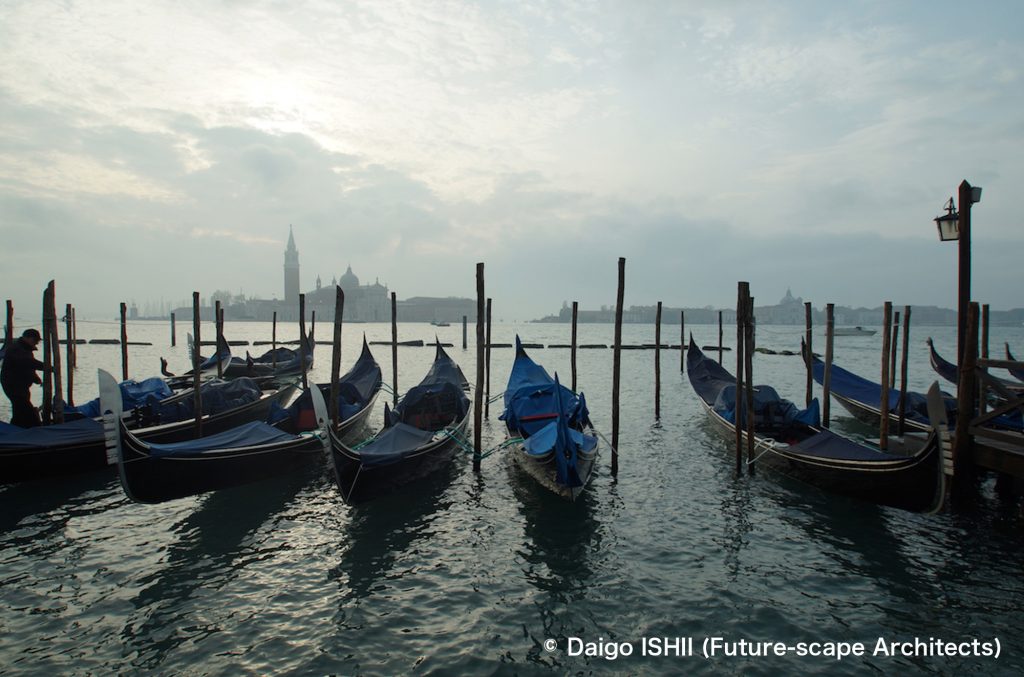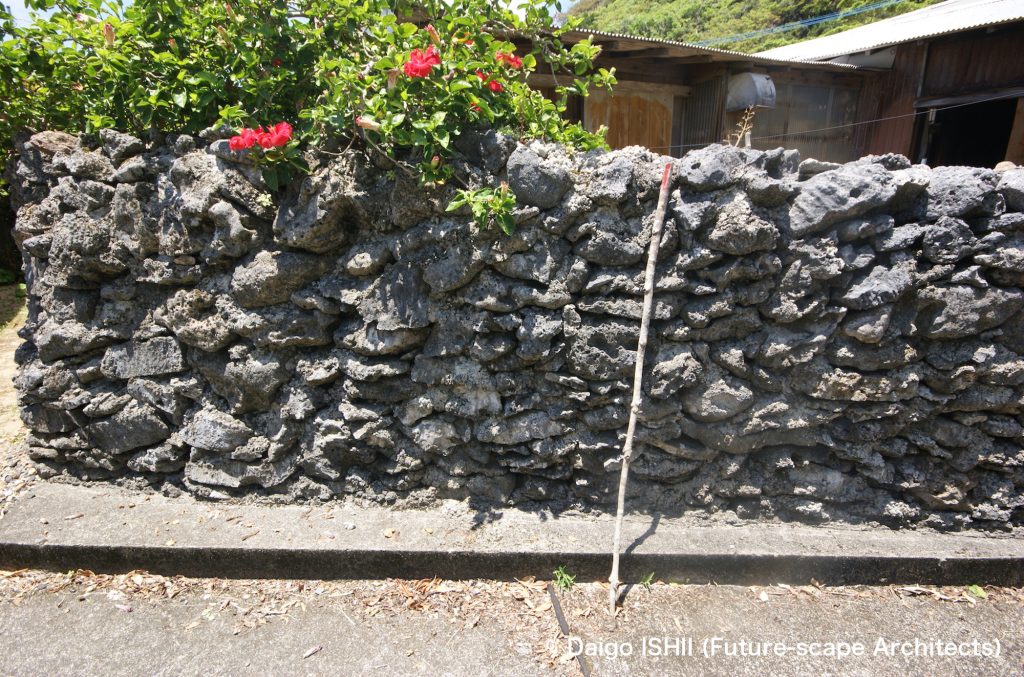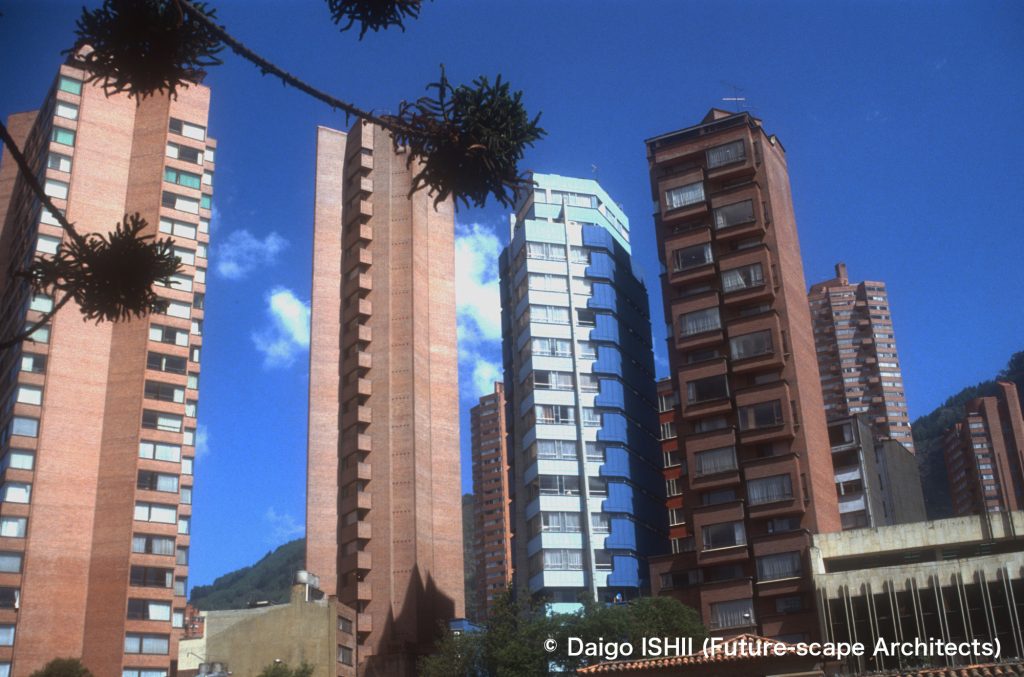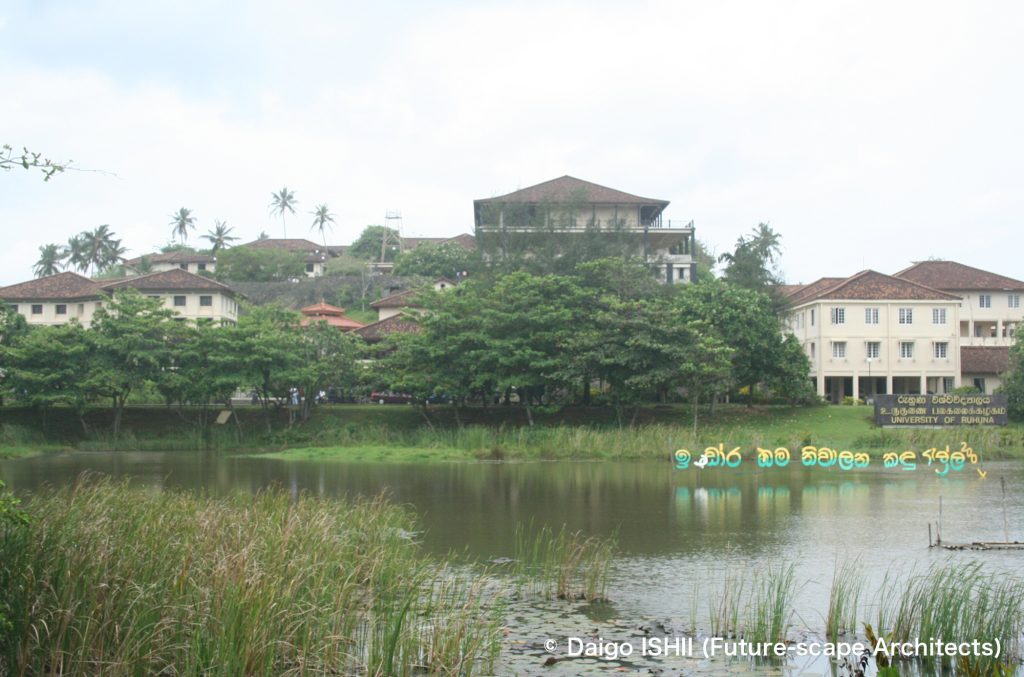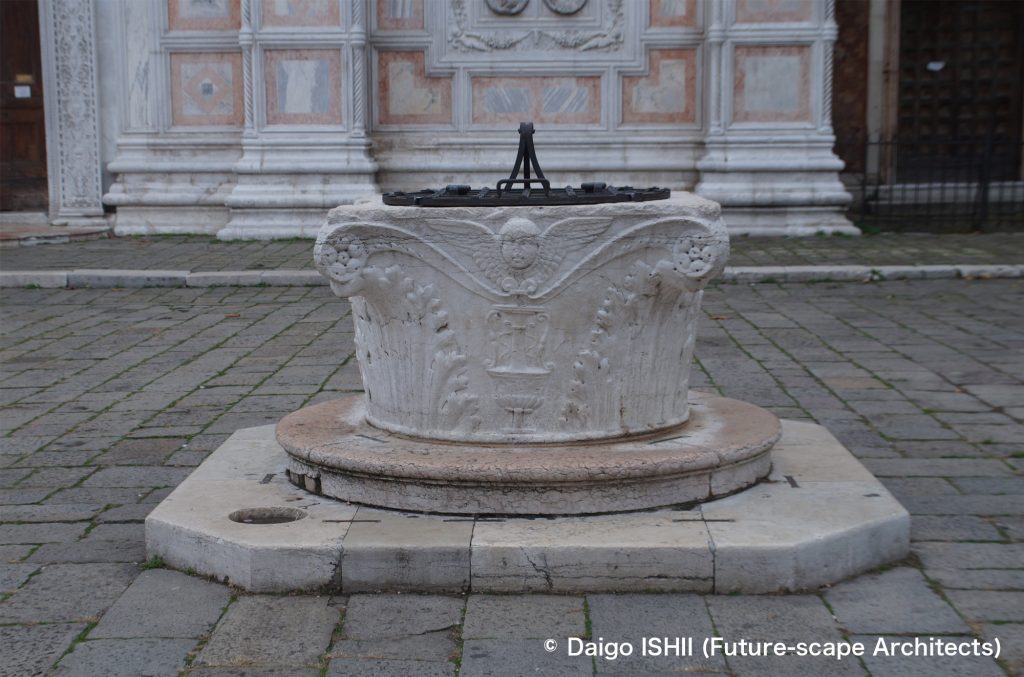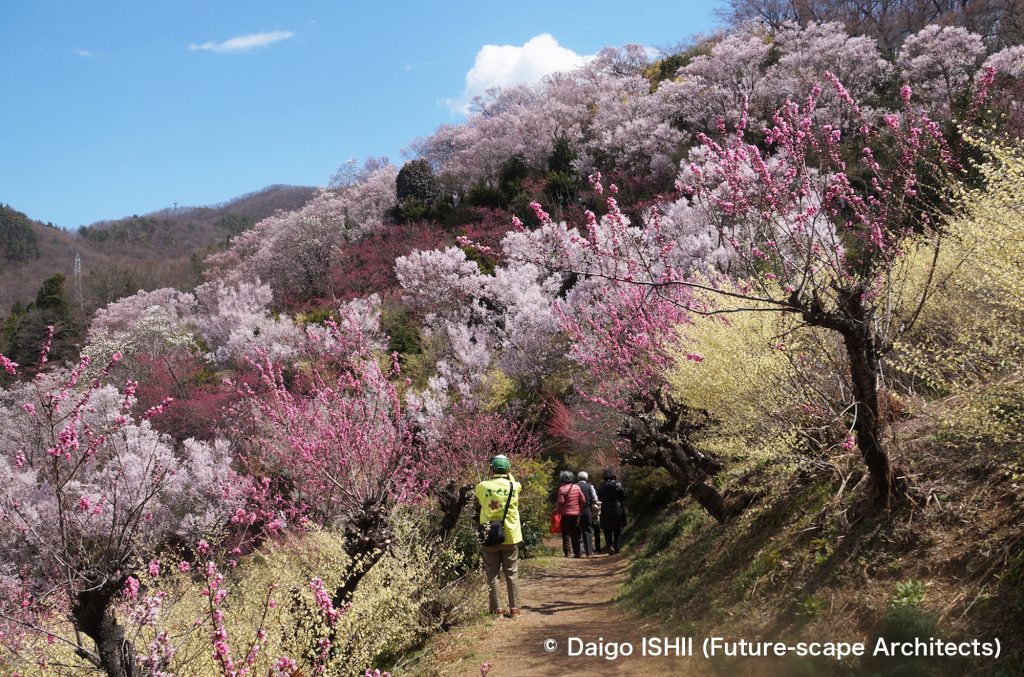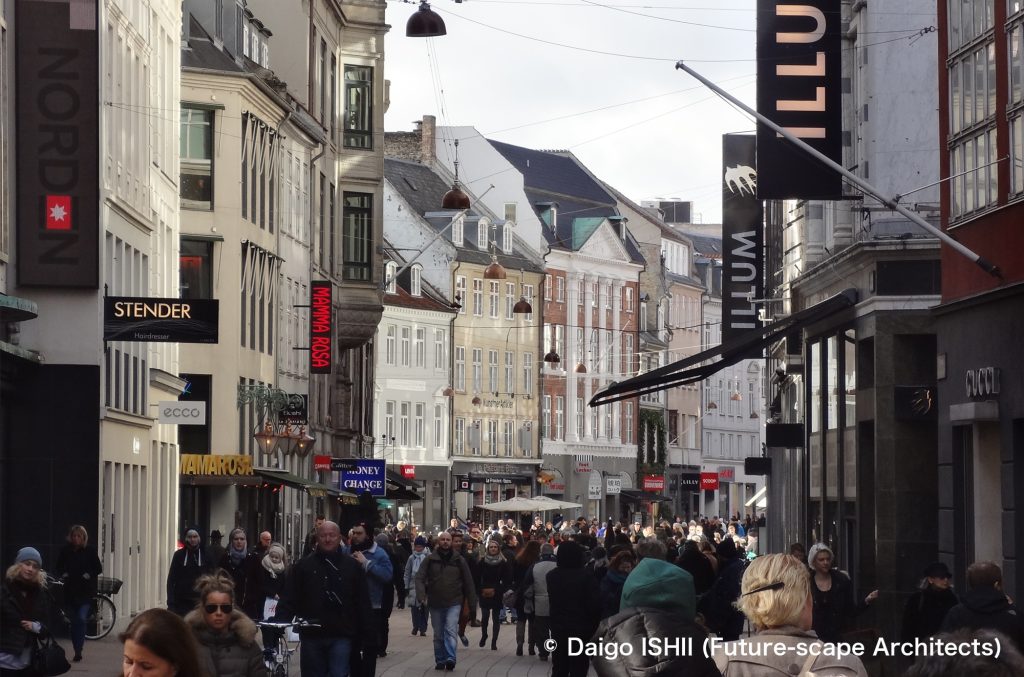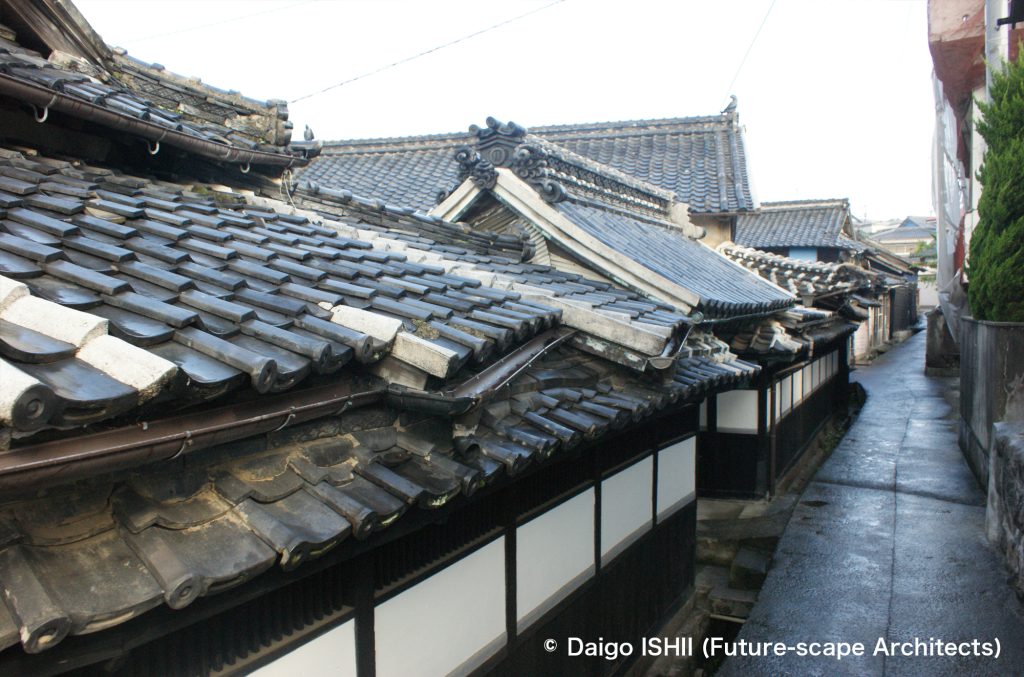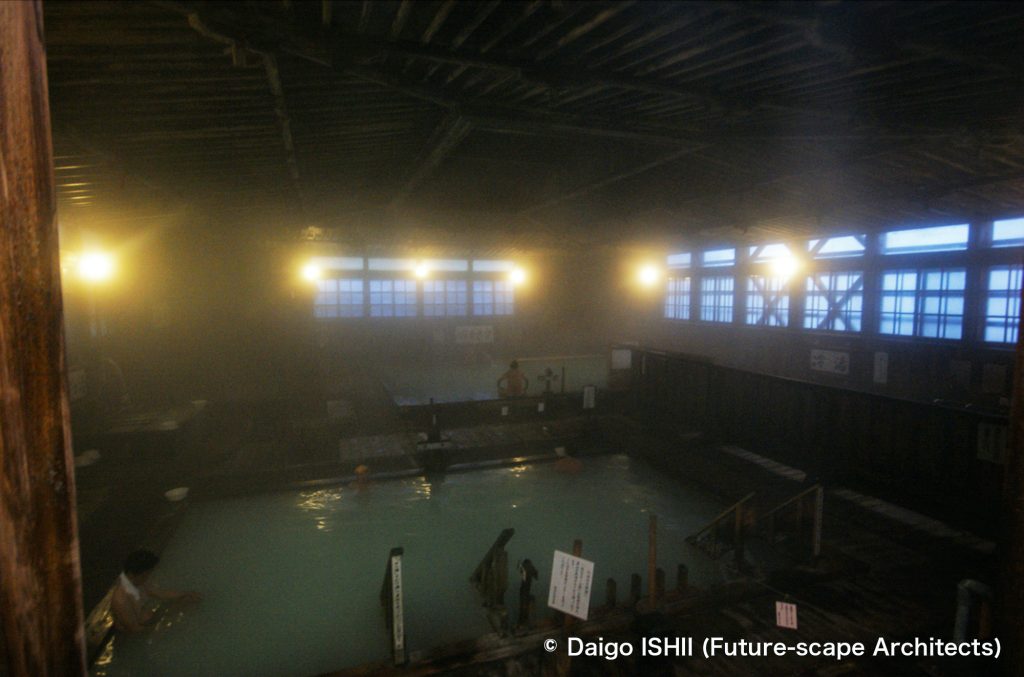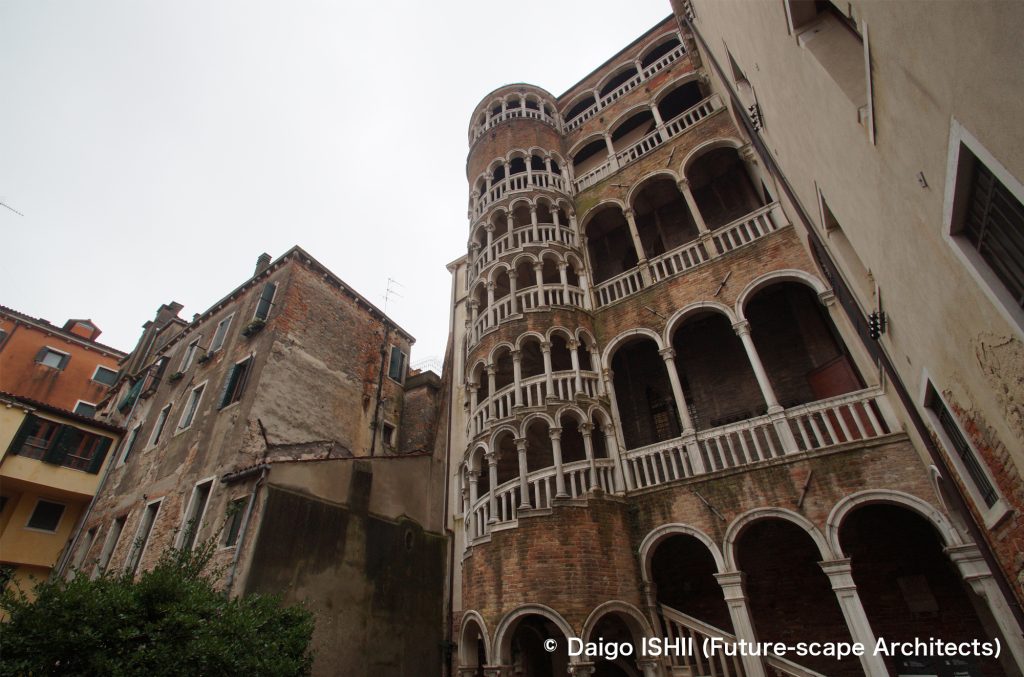Koiwai Farm was founded in 1891. In the magnificent scenery of the foot of Mt. Iwate, meadows and forests spread out, and offices, cowsheds and silos from 1890s to 1910s were scattered.
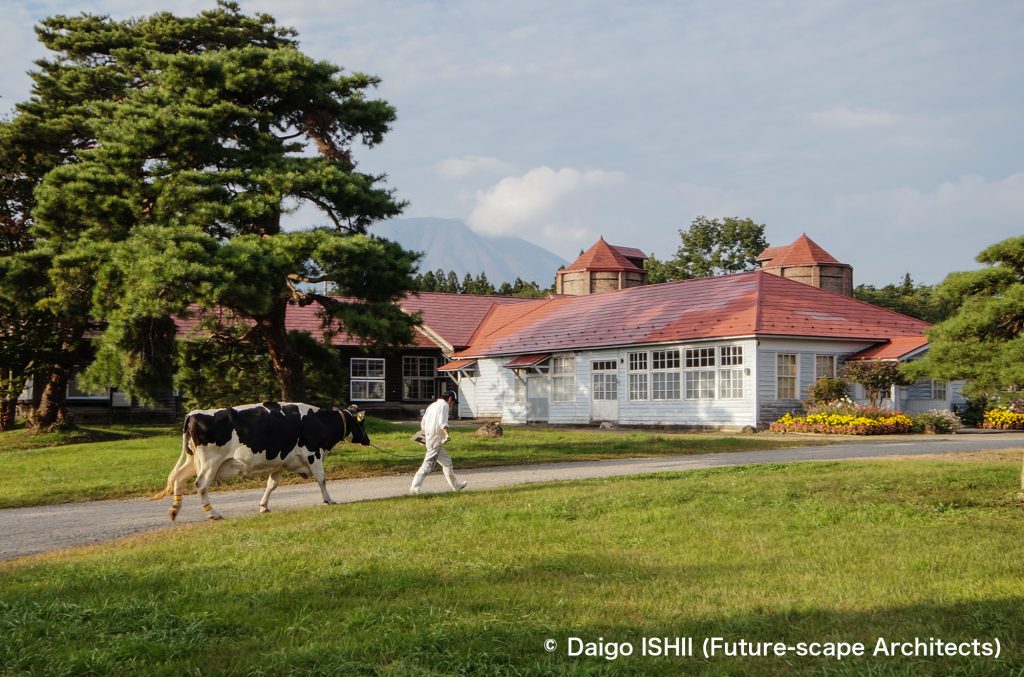
https://goo.gl/maps/oUxbLuWeP6veMT9S8
The 21 facilities in Koiwai Farm were designated as national important cultural properties, and most were still active. At the time of its construction, the barn adopted a state-of-the-art truss structure to realize a wide space, and the four-story feed warehouse was equipped with an elevator. The advanced facilities may be the reason why those have been used for 100 years.
The headquarters office had the exterior wall finished with colonial-style clapboards brightly painted and the cute eaves like lace. It seems to have symbolized the business of a new era. However, most of the workshops with new forms such as continuous windows and large spaces were wrapped in the finish often used in traditional house, so those looked familiar to the locality.
Beautiful undulating meadows and forests were created by improving the soil of barren fields. It associated with the landscape of Natsuyama Fuyusato (pasturing cattle in summer and feeding them indoors during winter), which had succeeded in this region for a long time. The farm have practiced advanced ecology like a normal-forest system in which they cut only the wood suitable to the amount that a forest has grown in a year。Therefore, they had reverted artificial forests to natural forests.
Koiwai Farm must have been a place where they tried to realize advanced business as an extension of the local climate.
In a spacious grass paddock in front of the barn. the cattle exercised every morning in summer and winter. The attitude that they considered the climate and continued to use the building carefully led to treating cattle with care. Meanwhile, living together with livestock in the traditional house 'Magariya' in this region changed into grazing in a cowshed, and pre-modern family farms shifted to large-scale modern corporate ranching. Friendliness for cattle as a family member also transformed into more pragmatic relationship.
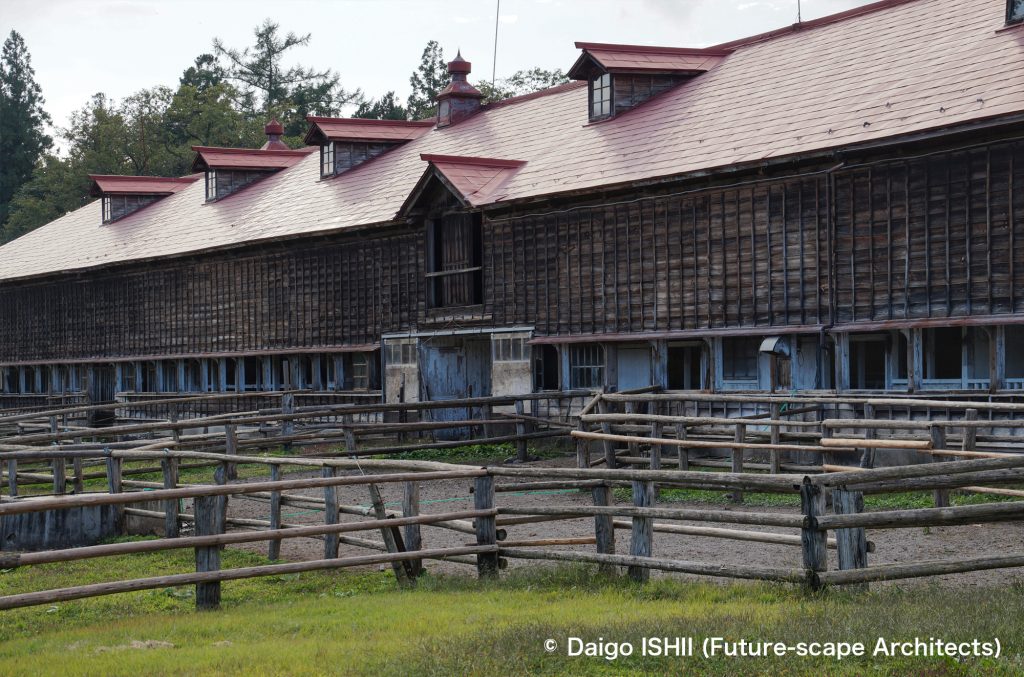
https://goo.gl/maps/Qok5o7juRgoHid3X6
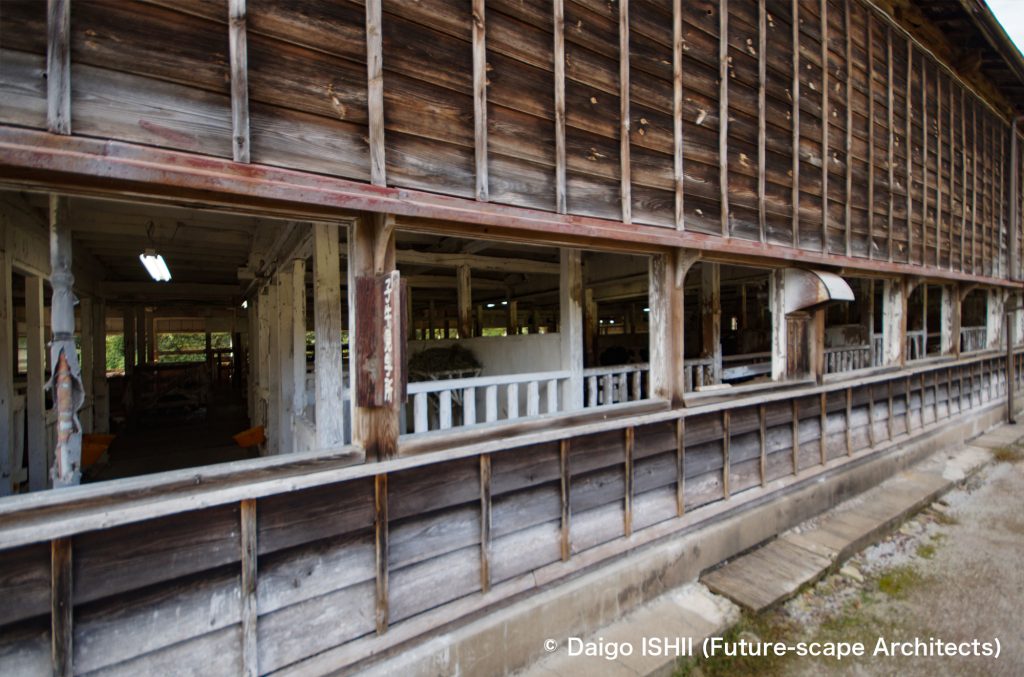
https://goo.gl/maps/Qok5o7juRgoHid3X6
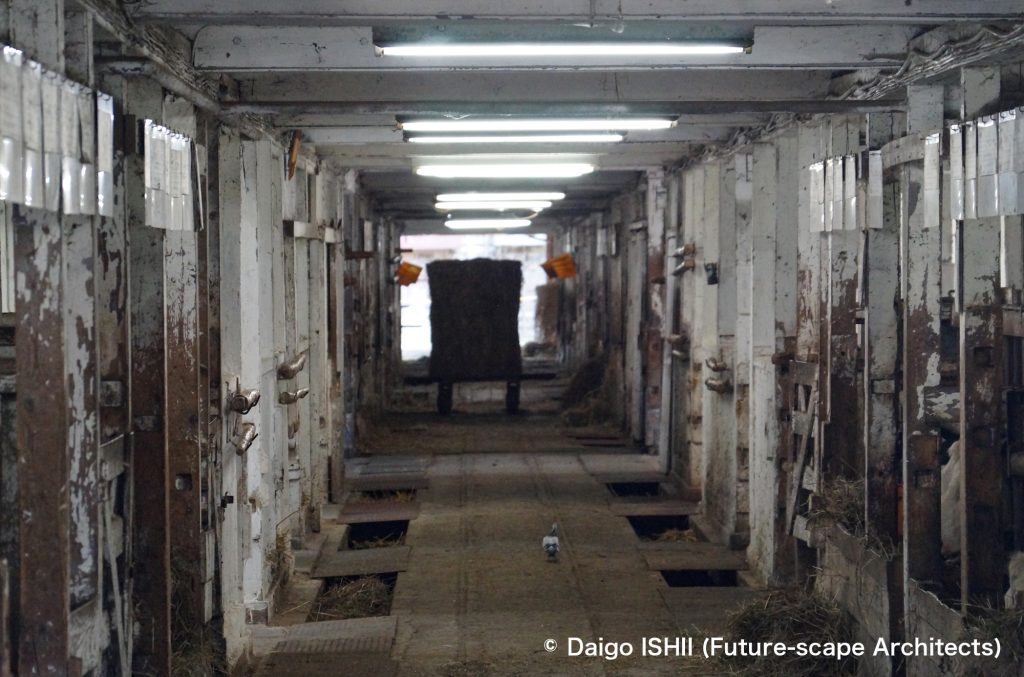
https://goo.gl/maps/Qok5o7juRgoHid3X6
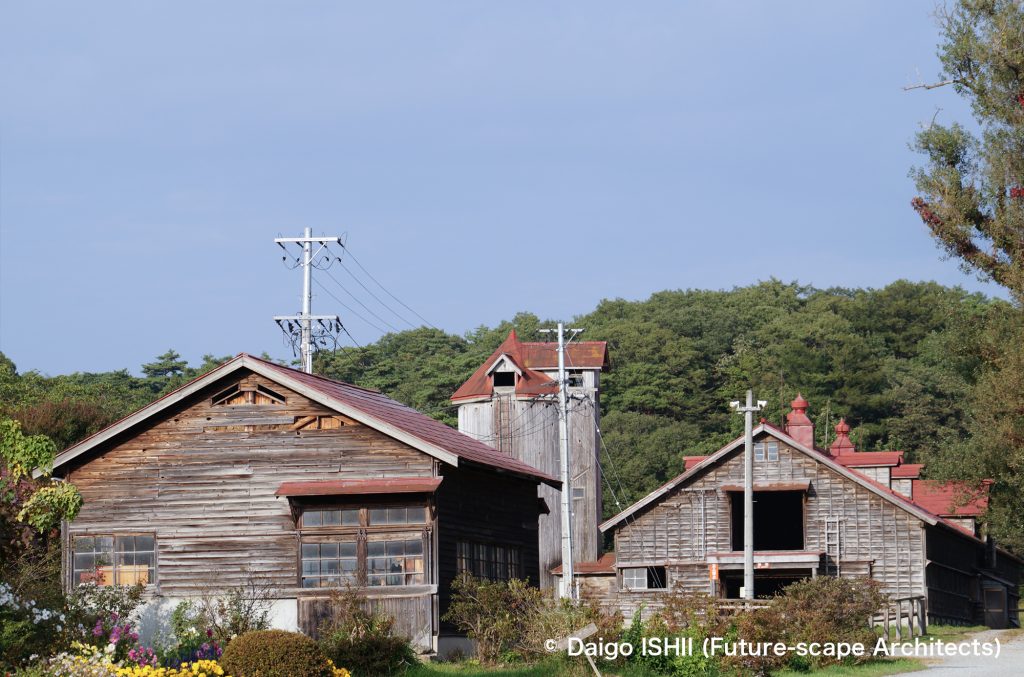
https://goo.gl/maps/YMbjme9HnzhsQbSN6
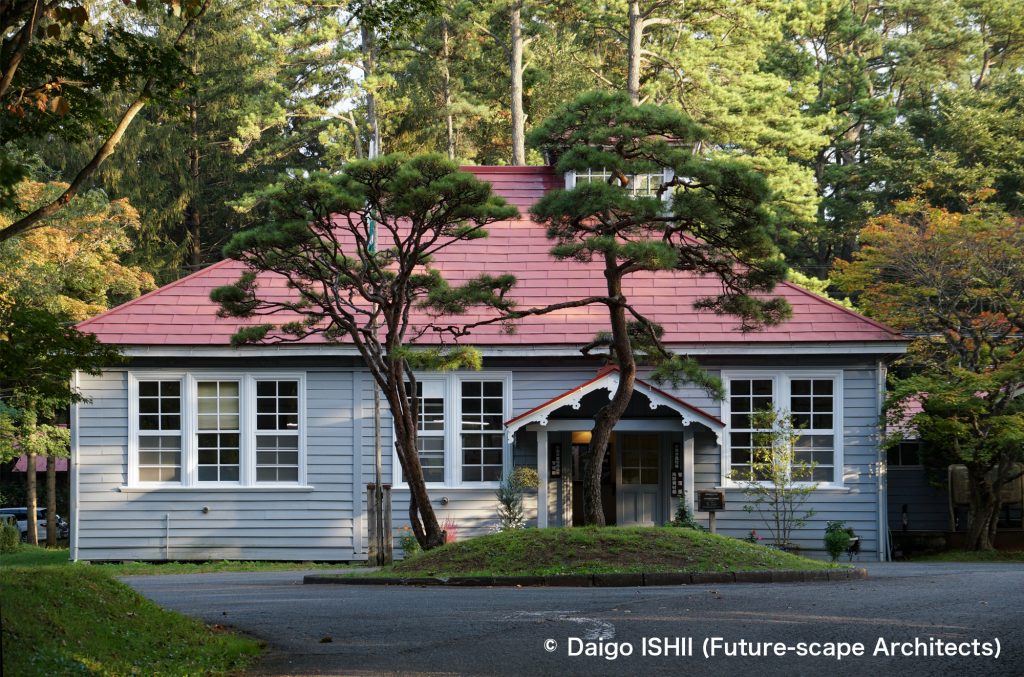
https://goo.gl/maps/Ajmz37yxwsE4RvLF7
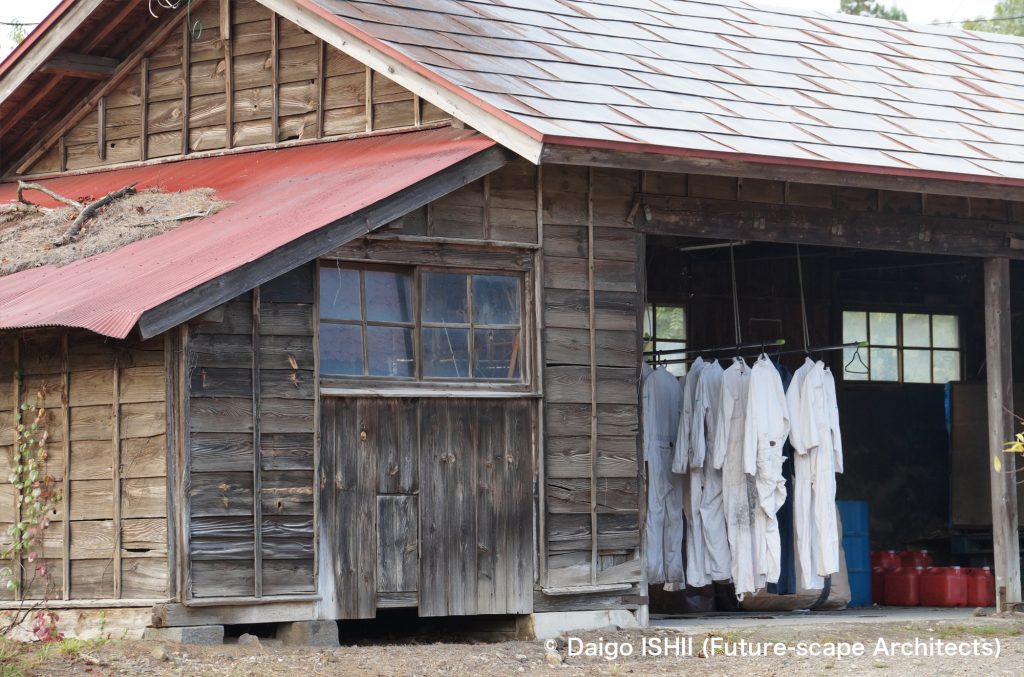
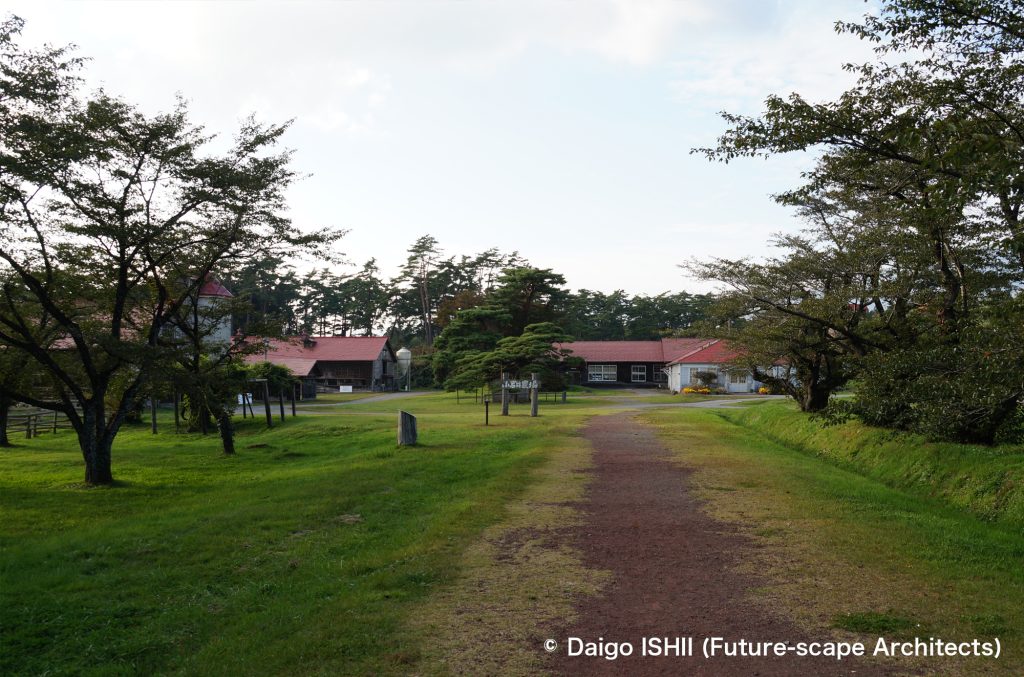
https://goo.gl/maps/XbchszazckxSohBp7
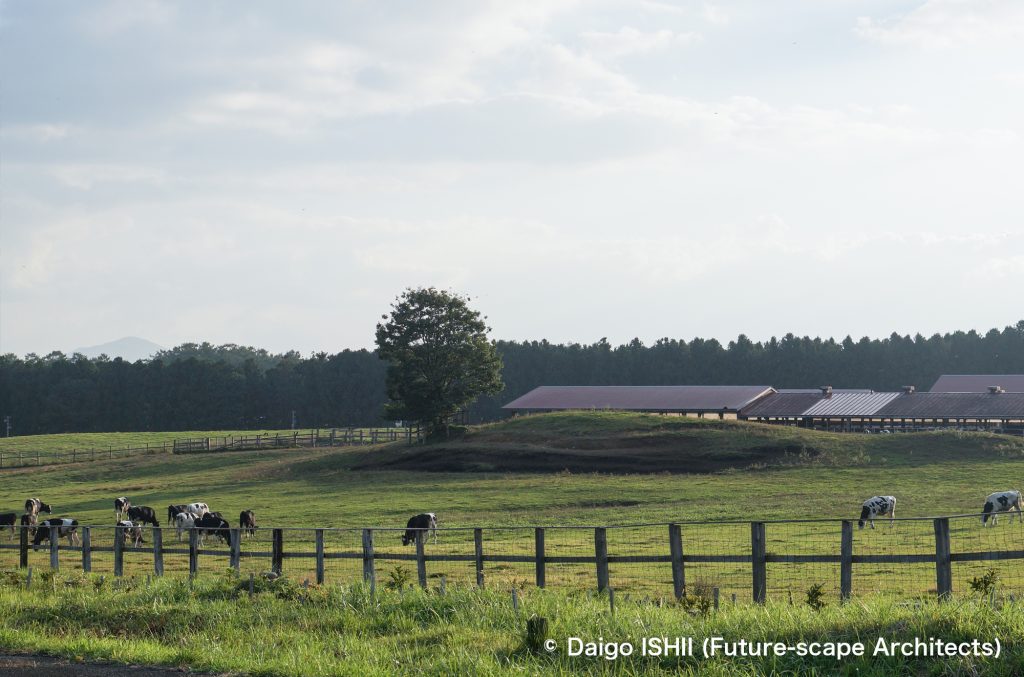
https://goo.gl/maps/XeLNbidy6EuhmQYr5
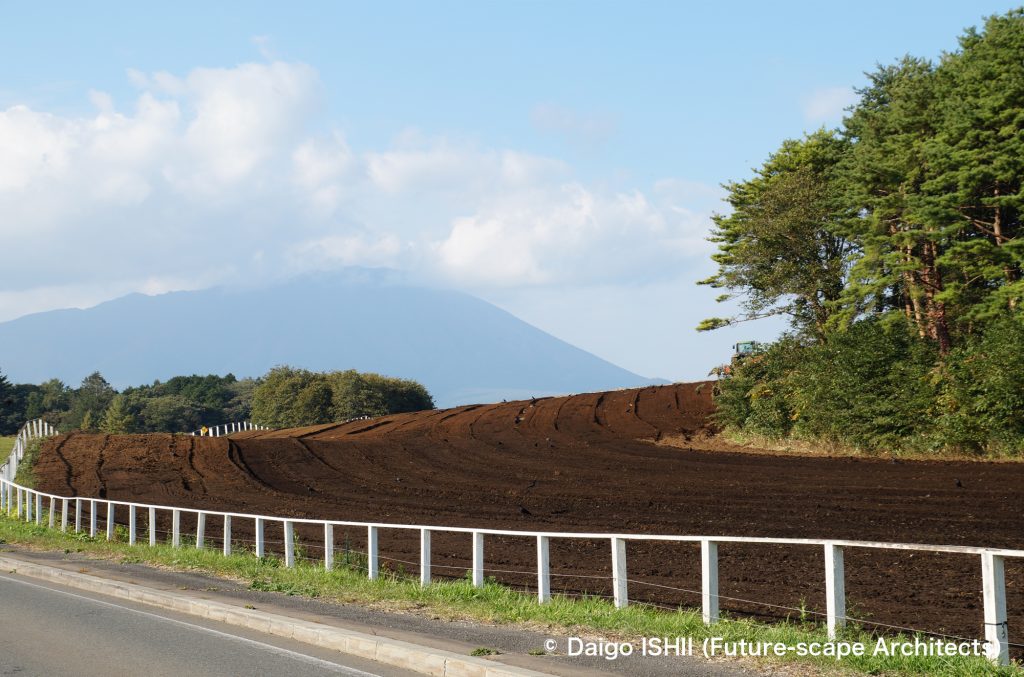
https://goo.gl/maps/pgjo6PdsuQmMXq5h8
Click here for your impressions
reference
”広葉樹の天然林復活へ”(日本経済新聞,2002.12.29)
小岩井農場パンフレット
小岩井農場のホームページ
文化庁 文化遺産オンライン
Wikipedia
Please do not use or upload our photos without permission.




